Sinusitis manifests with a recurrent runny nose, pain when moving the head, and a feeling of expansion in the forehead and cheeks. The disease is quite common. Unfortunately, only a few people know that if left untreated, it can have serious health consequences.
Sinusitis![]() often occurs in autumn and winter, when we experience the most remarkable differences in temperature indoors and outdoors. It guides to dryness of the nasal mucosa and sinuses, which promotes the penetration of pollutants and pathogenic microorganisms, i.e., viruses and bacteria.
often occurs in autumn and winter, when we experience the most remarkable differences in temperature indoors and outdoors. It guides to dryness of the nasal mucosa and sinuses, which promotes the penetration of pollutants and pathogenic microorganisms, i.e., viruses and bacteria.
Sinuses![]() are blank areas found near the nose and forehead. Standard cavities are filled with air. Their assignment is to create a thin mucous secretion required to moisten and cleanse our air. There are ethmoid, frontal, maxillary, and sphenoidal sinuses; the whole sinus is called paranasal sinuses.
are blank areas found near the nose and forehead. Standard cavities are filled with air. Their assignment is to create a thin mucous secretion required to moisten and cleanse our air. There are ethmoid, frontal, maxillary, and sphenoidal sinuses; the whole sinus is called paranasal sinuses.
Humans have four pairs of sinuses:
Each sinus connects to the nasal cavity. It makes the evacuation of the secretions created by them. Moreover, thanks to them, the air from the exterior enters and ventilates the interior of the sinuses. It guarantees the absence of microorganisms inside the paranasal sinuses in a physiological condition.
In sinusitis, inflammation, and swelling concern the mucous membrane that lines them. It causes blockage of the ostium-ductal complex (i.e., the opening of the sinuses into the nasal cavity) and the inability to evacuate secretions from the sinuses, which favors its accumulation.
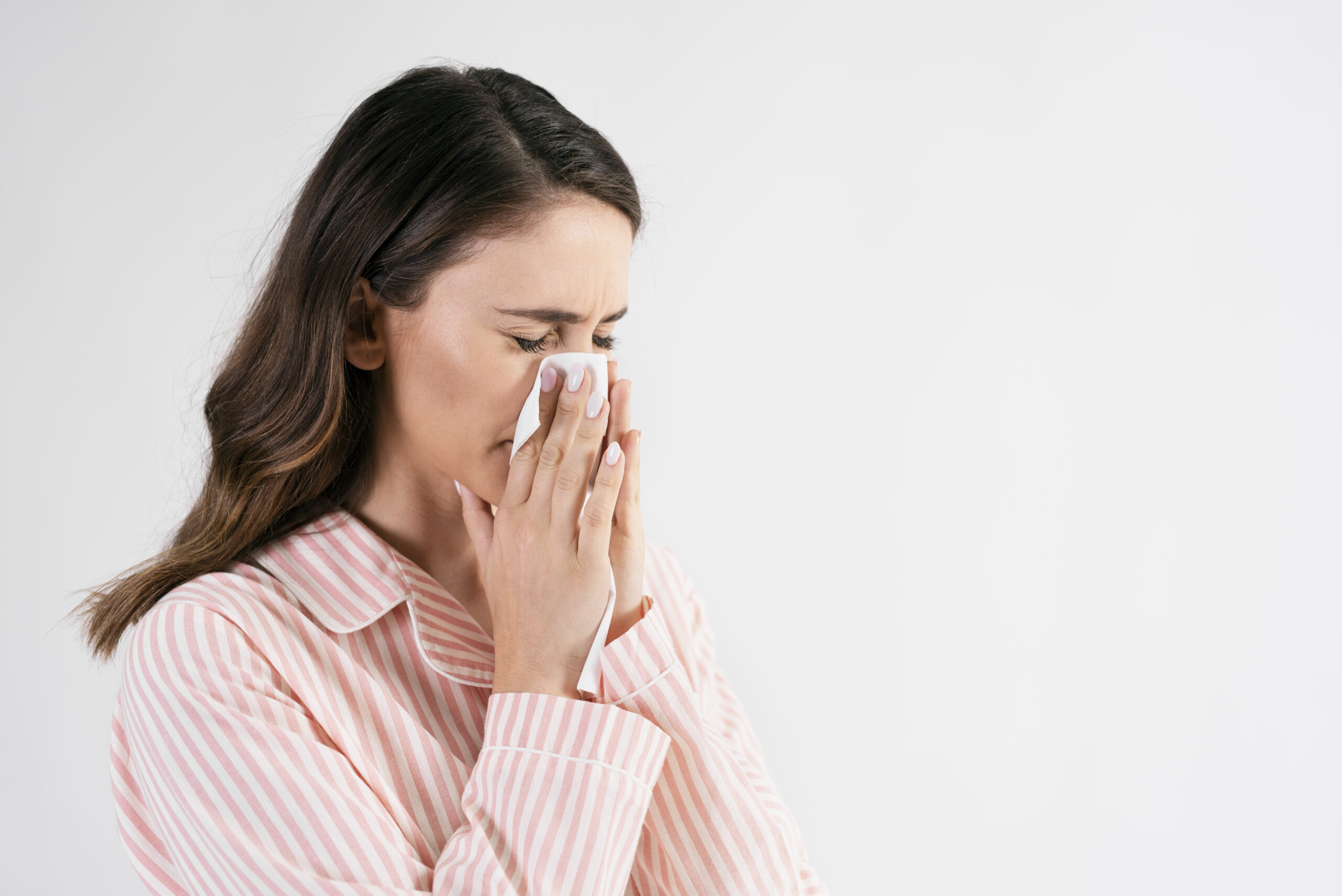
The primary condition for the proper functioning of the sinuses is adequate ventilation. When the mucous membrane becomes irritated and swollen due to various factors (e.g., long-term inhalation of cigarette smoke), obstruction may occur. Poorly purified air then accumulates in the sinuses, which favors the multiplication of pathogenic microorganisms, which may be viruses, bacteria, or fungi. Hence, the division into:
The sinuses function in four pairs, which differ from each other in shape and location. Each of these inflammations causes pain in a slightly different face area. In the case of the ethmoid sinuses, this is the area between the eyes and the bridge of the nose. Infection of the maxillary sinuses appears below the eyes, near the cheeks. Inflammation of the frontal sinuses causes symptoms above the eyes – on the entire forehead surface. However, inflammation in the sphenoidal sinuses is associated with pain in the eye sockets and the back of the head.
There is another division. Taking into account the duration, acute![]() and chronic sinusitis
and chronic sinusitis![]() can be distinguished. The first begins abruptly and lasts up to 4 weeks; the second is recurrent and can last for over 8 weeks.
can be distinguished. The first begins abruptly and lasts up to 4 weeks; the second is recurrent and can last for over 8 weeks.
Sinusitis is a frequently diagnosed condition. It happens that the pain associated with sinusitis is confused with migraine pain. Inflammation appears at any age and regardless of gender. The primary causes![]() are viruses, bacteria, and fungi that infiltrate the sinuses and begin to reproduce there. The threat is more increased for individuals with a clogged nose.
are viruses, bacteria, and fungi that infiltrate the sinuses and begin to reproduce there. The threat is more increased for individuals with a clogged nose.
The causes of obstacles include:
Some reasons for blockage are connected to genetic imperfections that result from irregularities in the movement of the cilia of the respiratory epithelium. Specialists most often diagnose them in childhood.
In some people, the obstruction may also be caused by mechanical trauma, such as Wegener's granuloma, tuberculosis, tumors in the nose, immune disorders, and air pollution.
Another cause of sinusitis may be allergy. Each breath makes the patient feel worse when the body comes into contact with an allergen. The allergen most often guides to swelling of the nasal mucosa, blocking airflow. Over time, symptoms of inflammation appear. Grass, tree pollen, fungi, molds, mites, animal hair, and various chemical compounds released are dangerous.
As mentioned above, the sinuses are pneumatic spaces in the bones of the skull. They are filled with air. Under normal conditions, their interior is sterile, and the mucus moves towards the mouth thanks to the action of the cilia.
Improper patency of these orifices or dysfunction of the cilia of the nasal epithelium lead to impaired gas exchange with the nasal cavity (the accumulation of increasing amounts of carbon dioxide favors colonization by anaerobic bacteria) and the retention of glandular secretions rich in cholesterol, which further facilitates the development of the inflammatory process. Over time, transudate accumulates, and the mucous membrane thickens.
Risk factors for sinusitis include:
In cases like the natural drainage of the sinuses is obstructed.
Other risk factors include:
The main symptoms of sinusitis![]() include:
include:
Additionally, headaches, eyelid swelling, malaise, and deterioration of taste may occur. With inflammation of the maxillary sinuses, especially spreading from the tooth socket, the patient may experience toothache and bad breath. The infection is often accompanied by fever.
In a doctor's office, sinusitis is usually diagnosed![]() by interviewing the patient, conducting an essential examination of the nose and throat, and examining pain when pressing the face.
by interviewing the patient, conducting an essential examination of the nose and throat, and examining pain when pressing the face.
In anterior rhinoscopy![]() , the doctor uses a speculum to dilate the nasal passage and lighting. The patient (sitting) tilts their head back, allowing for a closer look at the middle nasal passage (the opening of most sinuses). The examination reveals a deviation of the nasal septum, swelling of the nasal turbinates, and the presence of secretions.
, the doctor uses a speculum to dilate the nasal passage and lighting. The patient (sitting) tilts their head back, allowing for a closer look at the middle nasal passage (the opening of most sinuses). The examination reveals a deviation of the nasal septum, swelling of the nasal turbinates, and the presence of secretions.
Posterior rhinoscopy![]() , in turn, allows for the assessment of the nasopharyngeal cavity and choanal nares. The examination uses a light source, a mirror, and a spatula, which the doctor uses to press the tongue. During the examination, the patient breathes through the nose. If vomiting occurs, the throat mucosa is anesthetized locally with an aerosol. The examination allows for swelling of the turbinates' posterior parts and the secretions' presence.
, in turn, allows for the assessment of the nasopharyngeal cavity and choanal nares. The examination uses a light source, a mirror, and a spatula, which the doctor uses to press the tongue. During the examination, the patient breathes through the nose. If vomiting occurs, the throat mucosa is anesthetized locally with an aerosol. The examination allows for swelling of the turbinates' posterior parts and the secretions' presence.
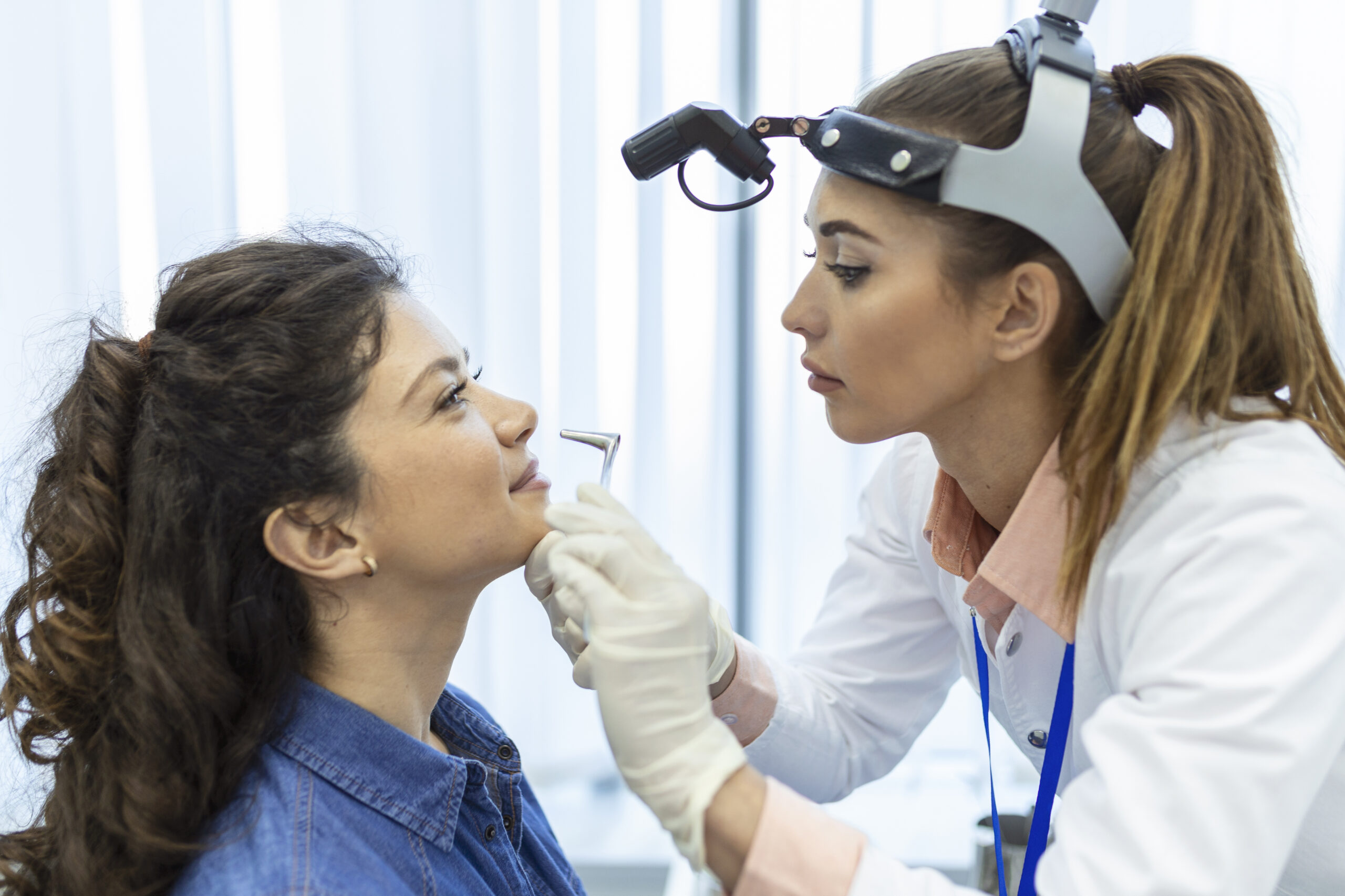
A more precise examination that more accurately images the nasal passage and even the sinus openings is an endoscopy of the nasal cavity![]() . It involves inserting a thin speculum into the nasal cavity. Connecting the endoscope to the camera allows you to view the image on the monitor.
. It involves inserting a thin speculum into the nasal cavity. Connecting the endoscope to the camera allows you to view the image on the monitor.
Sometimes, the so-called diaphanoscopy![]() is performed in a darkened room. Examination of, for example, the maxillary sinus involves introducing a light source into the oral cavity and observing the light shining through the pupil, eyelid areas, or cheek tissue. Uneven translucency may indicate a disease process in one of the sinuses. However, it should be noted that diaphanoscopy is only an indicative examination.
is performed in a darkened room. Examination of, for example, the maxillary sinus involves introducing a light source into the oral cavity and observing the light shining through the pupil, eyelid areas, or cheek tissue. Uneven translucency may indicate a disease process in one of the sinuses. However, it should be noted that diaphanoscopy is only an indicative examination.
Imaging diagnostics is used to precisely assess pathological changes in sinusitis (especially chronic ones). The formerly commonly performed X-ray (in pregnant women, an ultrasound of the sinuses is performed as a supplement or an alternative) is now losing its importance in favor of computed tomography, which is becoming a standard in the diagnosis of chronic, recurrent, and acute inflammation (but only in the case of treatment failure or suspicion).
Tomography shows polypoid lesions, sinus fluid, and aeration loss. This test is specifically helpful before sinus surgery. Magnetic resonance imaging is also sometimes performed, mainly in the case of differentiating between inflammatory and cancerous lesions. Imaging tests are painless for the patient and do not require special preparation. Procedures of both diagnostic and therapeutic importance include sinus puncture and lavage. The material obtained in this way is submitted for microbiological examination.
One of the first symptoms of a cold is a runny nose. Everyone wants to get rid of it quickly and clear a blocked nose. There are already innovative gel products on the market that do not flow directly into the throat, act fast, and provide long-lasting relief.
Several groups of drugs are used in the pharmacological treatment of sinusitis![]() . One of them is drugs that decongest the vessels of the nasal mucosa. They help reduce the swelling of the nasal turbinates. The patency of the sinus openings is also improved, restoring proper ventilation of the sinuses and nasal cavities. We use these drugs topically: intranasally (spray) or orally. Due to the effect opposite to the intended one, i.e., intensification of nasal obstruction and blocking of the sinus openings, intranasal drugs should not be used for longer than 3-5 days.
. One of them is drugs that decongest the vessels of the nasal mucosa. They help reduce the swelling of the nasal turbinates. The patency of the sinus openings is also improved, restoring proper ventilation of the sinuses and nasal cavities. We use these drugs topically: intranasally (spray) or orally. Due to the effect opposite to the intended one, i.e., intensification of nasal obstruction and blocking of the sinus openings, intranasal drugs should not be used for longer than 3-5 days.
Antibiotics are recommended if a bacterial infection is suspected, indicated by purulent discharge, toothache on one side, worsening of symptoms after 5-7 days, or a positive culture result of the sinus fluid. Antibiotics from the cephalosporin group or macrolites are then used. Sometimes, it is recommended to use drugs that thin the secretions – the so-called mucolytics.
While rinsing the sinuses![]() , the patient lies with their head tilted back. A previously prepared solution, which is a mixture of various drugs, is poured into the nasal passage (which may be unpleasant). During the procedure, the patient breathes through the mouth. Then, the secretion accumulated in the sinuses is extracted using a suction device.
, the patient lies with their head tilted back. A previously prepared solution, which is a mixture of various drugs, is poured into the nasal passage (which may be unpleasant). During the procedure, the patient breathes through the mouth. Then, the secretion accumulated in the sinuses is extracted using a suction device.
In practice, puncture of the maxillary sinus![]() is also performed. The puncture needle is inserted under the inferior turbinate into the maxillary sinus. Filters with anesthetic make the procedure painless. After suctioning out the residual content, medications can be administered directly into the sinus and assessed visually using a sinusoscope. If the sinus lavage needs to be repeated for several days, a drain is placed and remains in the sinus lumen for the duration of the lavage. In frontal sinusitis, attempts to widen their natural opening may even worsen the situation, resulting in a reactive process and complete obstruction of the nasal-frontal canal. Therefore, a better method is to puncture and drain the sinus.
is also performed. The puncture needle is inserted under the inferior turbinate into the maxillary sinus. Filters with anesthetic make the procedure painless. After suctioning out the residual content, medications can be administered directly into the sinus and assessed visually using a sinusoscope. If the sinus lavage needs to be repeated for several days, a drain is placed and remains in the sinus lumen for the duration of the lavage. In frontal sinusitis, attempts to widen their natural opening may even worsen the situation, resulting in a reactive process and complete obstruction of the nasal-frontal canal. Therefore, a better method is to puncture and drain the sinus.
If all of the above-mentioned therapeutic methods are ineffective, the last solution is surgery![]() . Maxillary sinus surgery involves removing pathological changes and creating a permanent connection between the lumen of the sinus and the nasal passage. After such an operation, the maxillary sinuses are rinsed using a cannula (bent tube) inserted through the nasal cavity into the sinus lumen. Various medications are administered through it, as well as potassium permanganate, which indicates inflammation in the sinus (it becomes discolored when it comes into contact with purulent contents).
. Maxillary sinus surgery involves removing pathological changes and creating a permanent connection between the lumen of the sinus and the nasal passage. After such an operation, the maxillary sinuses are rinsed using a cannula (bent tube) inserted through the nasal cavity into the sinus lumen. Various medications are administered through it, as well as potassium permanganate, which indicates inflammation in the sinus (it becomes discolored when it comes into contact with purulent contents).
The best way of prevention![]() is to minimize risk factors. It is significant to maintain proper oral hygiene and maintain nasal patency through appropriate treatment of, e.g.:
is to minimize risk factors. It is significant to maintain proper oral hygiene and maintain nasal patency through appropriate treatment of, e.g.:
A necessary prevention element is supporting the body's immunity. You can do it by dieting, getting appropriate sleep, and exercising regularly. You can significantly reduce the risk of illness by avoiding contact with people with upper respiratory tract infection symptoms, not smoking cigarettes (or staying in places with polluted air), and humidifying the air you breathe.

Sinusitis (both acute and chronic) is challenging due to symptoms such as:
It may cause more splendid irritability and difficulty concentrating while performing daily duties. The disease may be a limitation, e.g., for diving enthusiasts or people often traveling by plane. In the event of obstruction of the sinus openings during diving, significant changes in pressure may result in transudation, swelling of the mucous membrane, and bleeding. When flying in an airplane, the pressure changes are slightly smaller.
Chronic sinusitis has serious health consequences![]() . Prolonged inflammation leads over time to hypertrophic changes in the nasal mucosa and the formation of cysts, i.e., spherical lesions inside the sinuses filled with fluid.
. Prolonged inflammation leads over time to hypertrophic changes in the nasal mucosa and the formation of cysts, i.e., spherical lesions inside the sinuses filled with fluid.
Complications of sinusitis are also associated with the development of:
Additionally, some patients may develop complications related to the eye sockets:
Therefore, the symptoms of sinusitis should not be ignored. It is essential to implement appropriate treatment as soon as possible.
Table of Contents
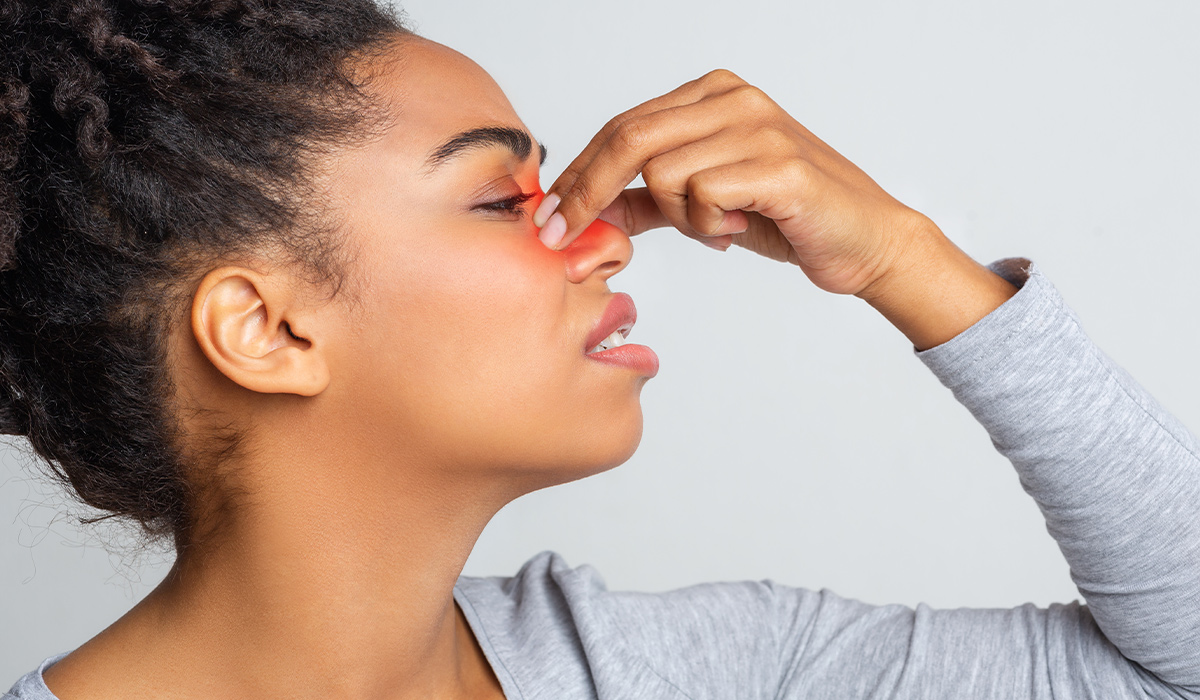
Sinusitis is a common disease. Learn how to recognize sinus infection – symptoms and causes. Check out what are the… read more »
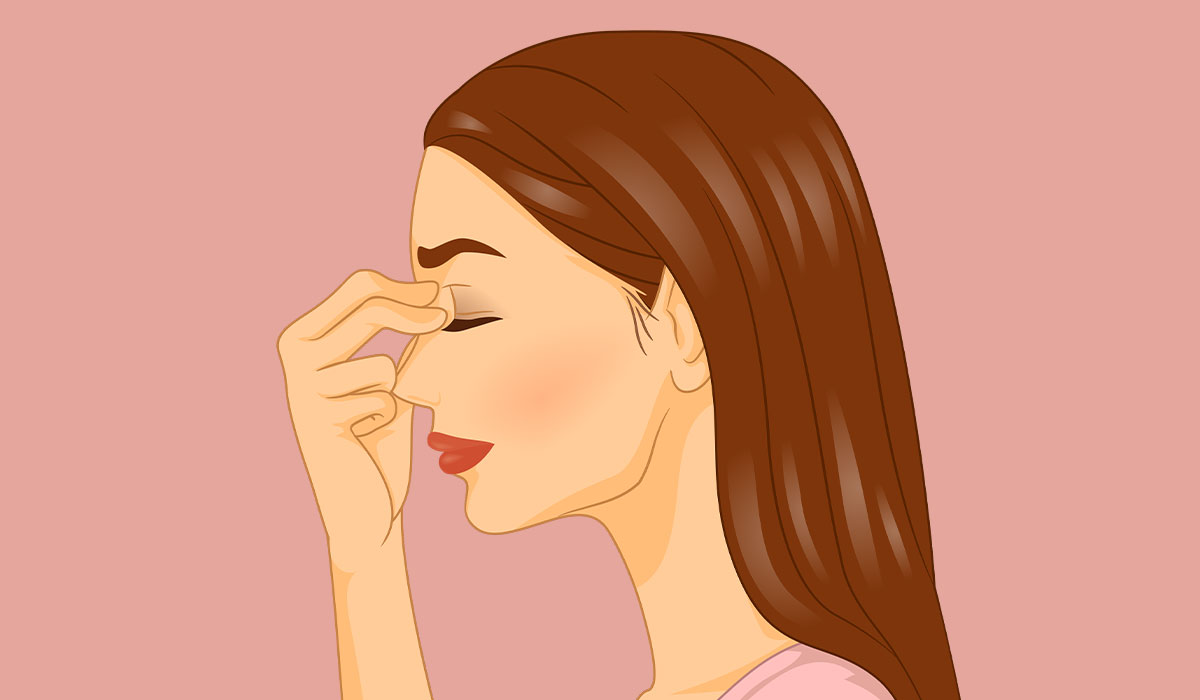
The larger part of individuals have so-called typical sinus pressure, which is responsible for the sinus pressure phenomenon, and this… read more »
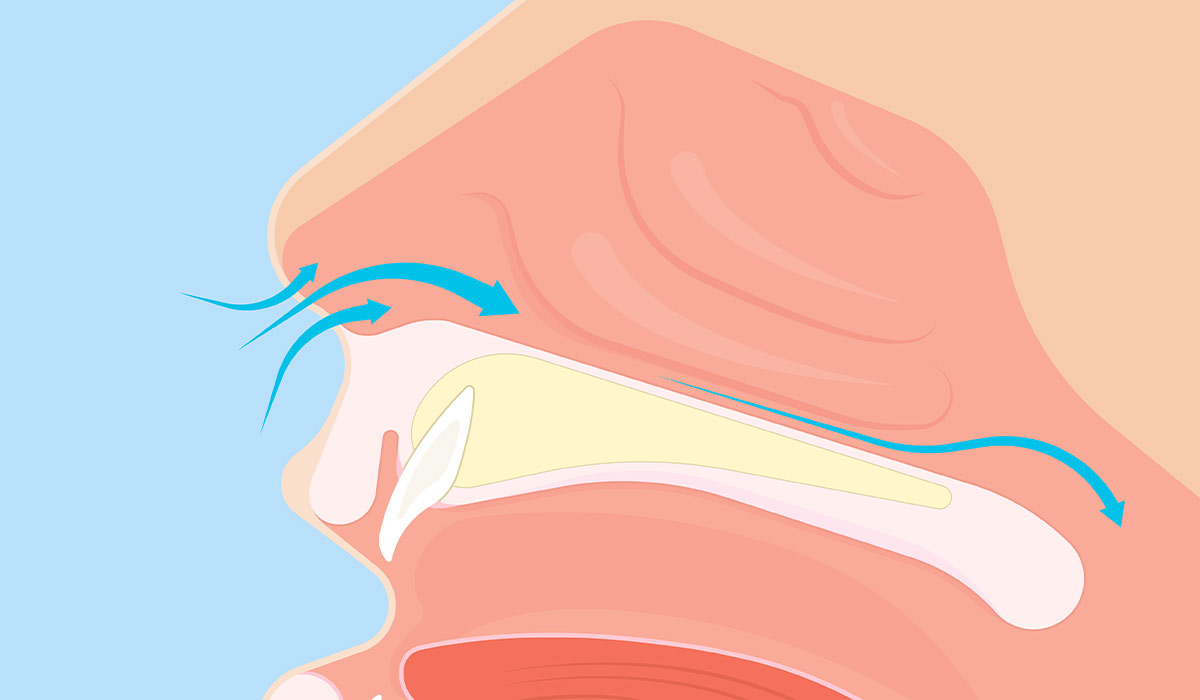
A deviated nasal septum causes many problems. What are the causes of this condition? What is the diagnosis and treatment… read more »
Post nasal drip refers to an accumulation of mucus in the back of the throat, which results in a cough,… read more »

A runny is a common symptom characterized by the discharge of mucus from the nasal passages. How to deal with… read more »
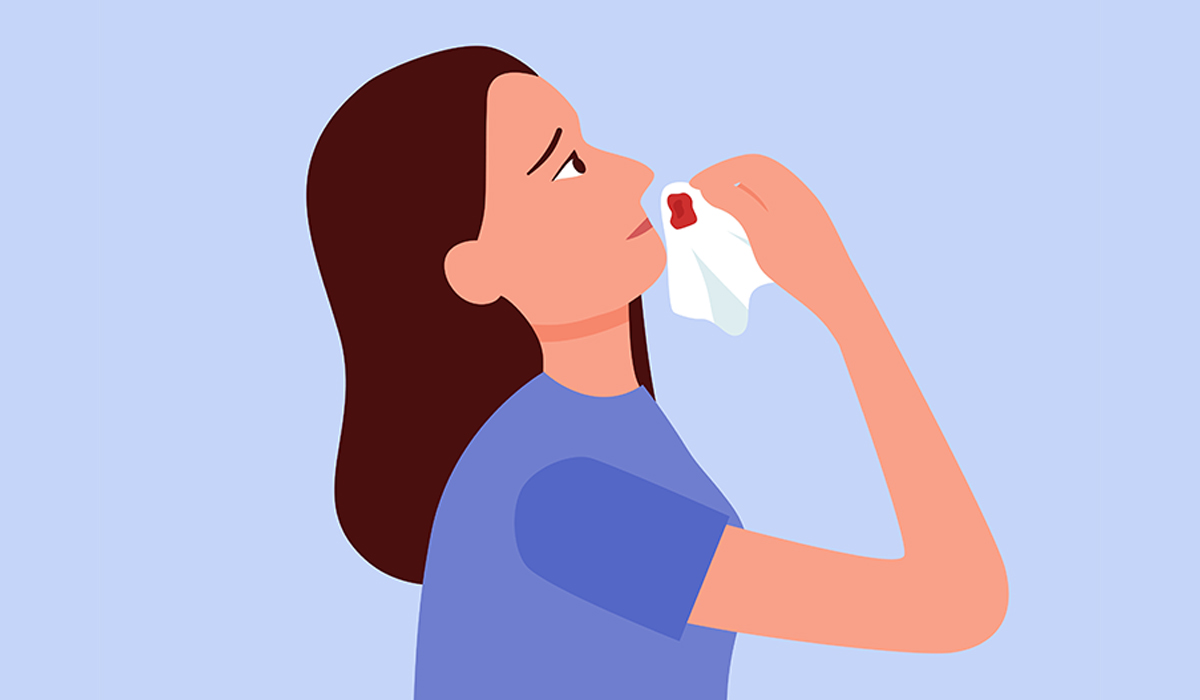
A nosebleed, which doctors call epistaxis, is when blood comes from inside the nose. This can happen for many reasons,… read more »

An otolaryngologist, too alluded to as an ENT pro, is an critical player within the complex world of medication. This… read more »
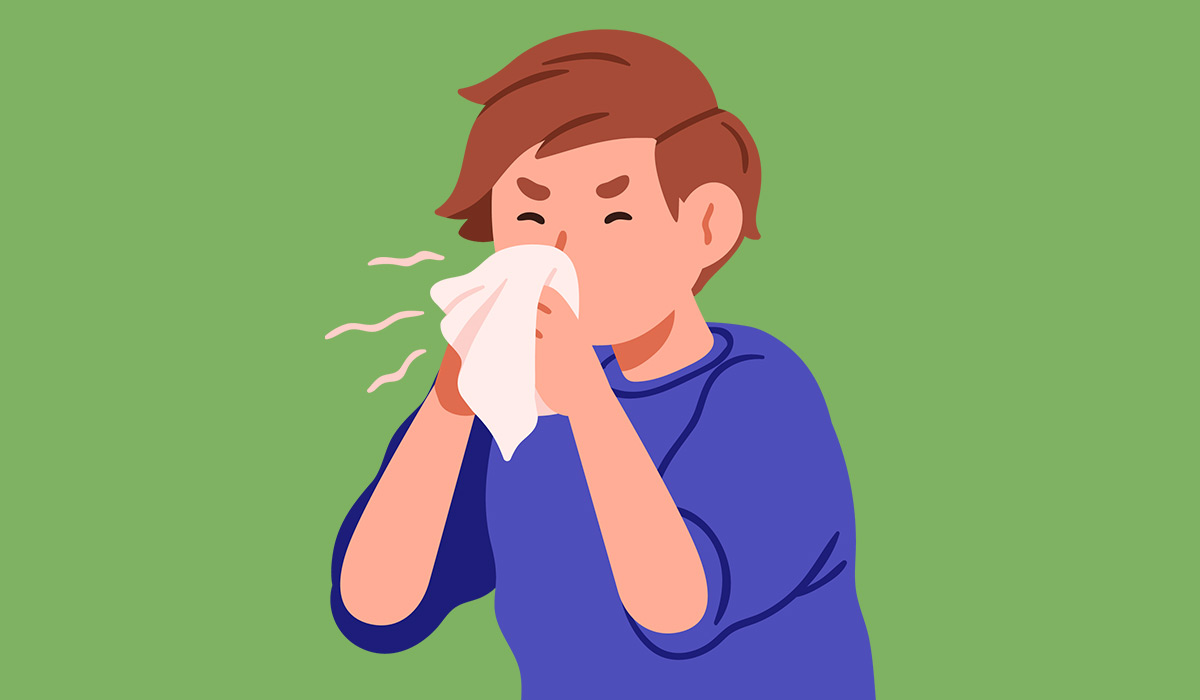
Sneezing is a reflex action that occurs when the body needs to expel irritants from the nose or throat. read more »

Pneumothorax is a condition that develops as a result of air entering the pleural cavity. What are the causes and… read more »